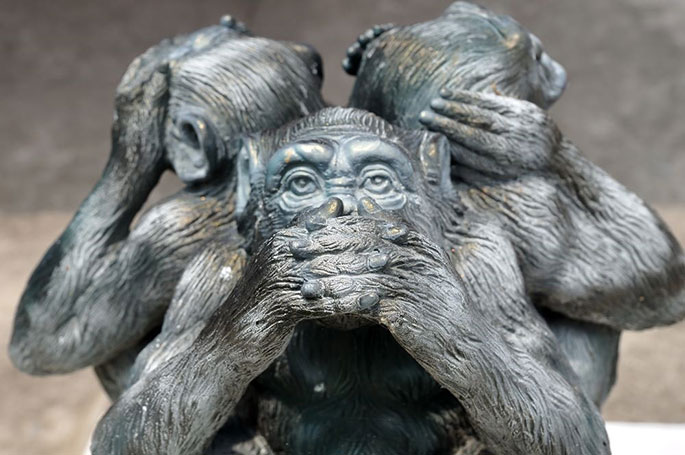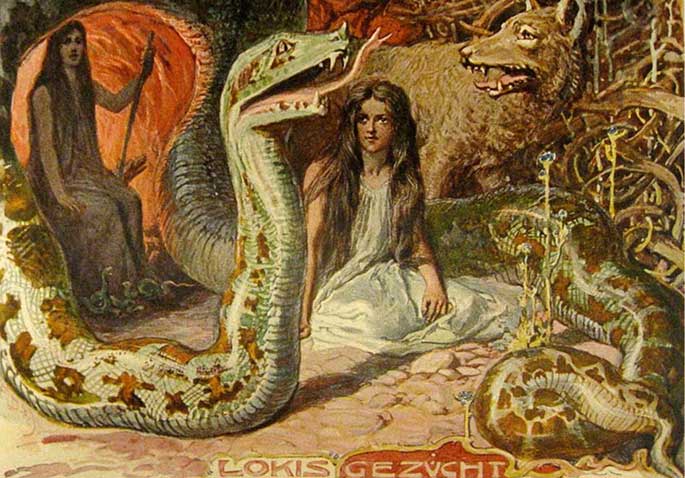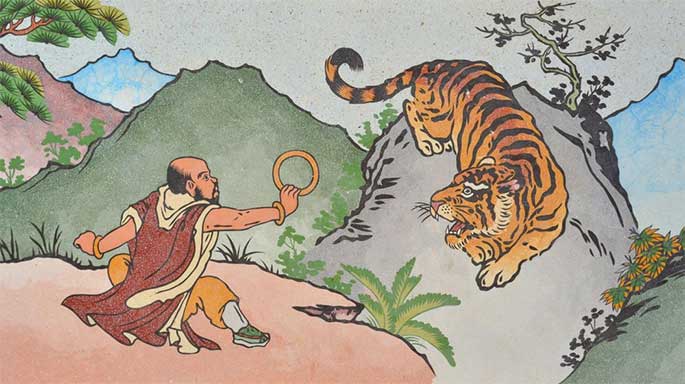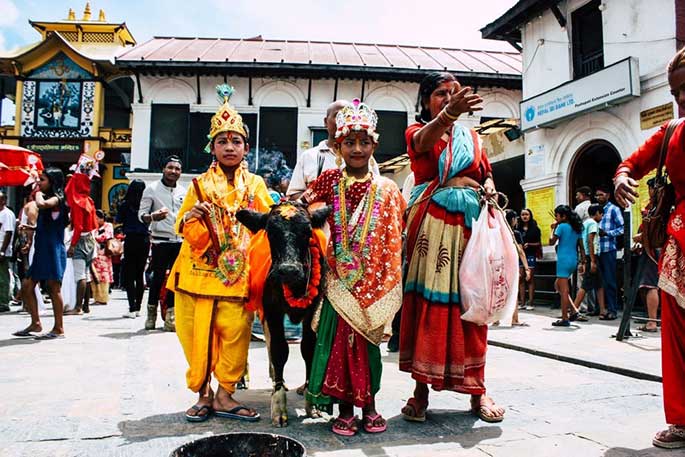
Throughout history, animals have held deep spiritual, religious, and cultural significance in societies around the world. But what is sacred animals? Sacred animals are those revered by different cultures and belief systems, often symbolizing divine qualities, wisdom, protection, or connections to the spiritual world. From the holy cows of Hinduism to the revered eagles of Native American traditions, these animals play an essential role in rituals, myths, and religious practices.
In this article, we will explore the meaning of sacred animals, their roles in various cultures, and why they continue to be honored and protected in modern times.
Cat
Cats were highly respected in ancient Egypt. As such, there were penalties imposed on those who harmed them. Participating intentionally or unintentionally in the death of a cat was responded with death of the individual.
Cats could kill venomous snakes in the region, and because of that, people felt protected by them. Furthermore, cats protected crop fields by getting rid of rats, insects, and snakes.
By the same token, cats were the only animals mummified after death, which shows that Egyptians considered them as their equal. Besides, it is also believed that the cat owners would shave off their eyebrows after their kitty’s death to pay respect to the departed soul.
Having said that, the cat goddess Bastet was highly celebrated in all of Egypt at that time. She was glorified as the goddess of evil spirits, and contagious diseases, which explains the reason why Pharaohs adored cats so much. In existence, she symbolized the sun, possessed the head of a cat, and a body of a woman.
Other sacred deities of ancient Egypt were Tefnut, Sekmet, Ennead, and Mafdet. Along with the Egyptians, several other cultures of the world were also known to worship cats. For instance, the Greeks believed that the goddess of the hunt and witchcraft, Hecate would transform into a cat whenever she wanted to. The Norse worshipped cats, because cats pulled the chariot Freyja would travel in. She was the goddess of divination, wealth, war, magic, and fertility.
Similarly, the Chinese cat goddess overlooked the crop fields, killed vermin, and sustained life in ancient China. Also, the Polish people feared, and revered Ovinnik, the cat guardian of the barns. He was a big cat with penetrating yellow eyes.
Serpent

Snake is one of the oldest mythological symbols on Earth. The Hopi tribe of North America considered serpents as symbols of fertility. As such, they would celebrate the union of Snake Youth, and Snake Girl to revive the lushness of nature.
Moreover, ancient Chinese people regarded the serpent as a sign of dignity, fertility, fortune, harvest, and good omen. They accepted the fact that serpents could help humans prolong their lives.
Additionally, serpents symbolized ecstasy in some Abrahamic traditions. Furthermore, serpents represented divinity in ancient Egypt and India. The Egyptians believed that the world was created by four goddesses with heads of snakes, and four gods with heads of frogs. The Sun god, Amun depicted a serpent devouring its tail, a symbol related to Ouroboros, which translated to wholeness and infinity. The symbol itself was adopted from Greek traditions, particularly Hermeticism and Gnosticism.
Over and above that, primordial Indian Buddhists and Hinduists worshipped a group of deities known as ‘Naga’. Nagas, the serpents were responsible for protecting Buddha and the Dharma. Even more, the Hindu god Shiva wore a cobra around his neck conveying to his followers that he had overcome all egoistic desires.
Elephant
The elephant is embodied as the national symbol of Thailand, and they worship this gentle giant for power and wealth. In fact, Feng Shui professionals trust that when the elephant’s trunk is facing upward, it brings people fortune, success, and prosperity.
Equally important, Buddhists and Hinduists also believe in the power of the elephant to bring fertility, protection, strength, wisdom, and fortune. Did you notice that the Indian deity, Ganesh is a representation of an elephant?
Besides, Japanese Buddhists celebrate the deity known as Kangiten, a beautiful expression of elephant-headed female and male to illustrate the unity of polarity. Kangiten, then again, resembles Ganesh in physical appearance.
Tiger

China adores and thrives on the Tiger’s energy. This vibrant animal exudes beauty, ferocity, prowess, balance of duality, drive, and progress. What’s more, in Imperial China, the war was epitomized by the essence of a tiger. Indians seem to agree to that theory as well, since in their religious mythology, the Hindu goddess, Durga would march into war, riding a tigress named Damon.
Not only so, tigers have found a significant place in Japanese, Indian, and Chinese mythology, folklore, and tales. Moreover, this beautiful animal also constitutes one of the main animals in Chinese Zodiac signs.
Eastern Asians consider the tiger as a personification of royalty. Furthermore, it is the national animal of South Korea, Bangladesh, Malaysia, and India, which is the reason the people of these countries hold this big kitty in high esteem.
Dog

First and foremost, the Aztec tribe of Mexico worshipped dogs, since Xolotl, the god of death possessed the head of a dog. In addition, a dog also holds an important position in the Chinese astrology.
Interestingly, Greek mythology is full of dog symbology. Black dogs were the sacred animals of Hecate, the goddess of magic, ghosts, and witchcraft. Dogs were also sacred to Artemis, the goddess of the hunt, chastity, wilderness, the Moon, and wild animals, and Ares, the god of war. Furthermore, Cerberus, the three-headed dog was responsible for guarding the Underworld.
On the other hand, in Hindu culture, a dog is regarded as the mount of Bhairava, the Hindu god. Yudhishthira from Mahabharata was believed to have reached heaven with his dog, hence, many Hindus believe that they can achieve the same by adopting dogs.
Cow

Cow is a sacred animal in India and Nepal, where slaughter of cows is banned, and having its meat is illegal. This rule is obeyed by people from Buddhism, Hinduism, Jainism, and Zoroastrianism. The Indian lawyer, political ethicist, and anti colonial nationalist, Mahatma Gandhi was the first to suggest that by ending cow slaughter, violence could be stopped against all animals.
On that account, even Jainism abominates any violence against animals, including cows. In this religion, working in a slaughterhouse is also highly discouraged. On a positive note, Buddhism also shares similar beliefs as Jainism.
Furthermore, in Zoroastrianism, there is a term called ‘geush urva’ which means ‘the spirit of the cow’, and this spirit is expounded as the soul of the Earth. In addition, ancient Egyptians revered cow deities, such as Montu and Min, and cow goddesses Mehet-Weret, Hathor, Neith, and Nut.
Likewise, Celtic mythology also consisted of evidence of cow worship through cattle goddess Damona or Boann.
Monkey
The Monkey Temple in Kathmandu, Nepal is a holy sanctuary for monkeys, where they are respected, and adored by humans. Following Nepal’s lead, Indonesia also built a Sacred Monkey Forest Sanctuary in Ubud, Bali.
Similarly, Japanese people believe that the Snow Monkeys are the messengers of the gods of the Shinto mountains and rivers. Next, Indians have built a temple dedicated to worshipping monkeys in Jaipur, India. This holy temple was built for the monkey god, Hanuman, who is famous for his extraordinary strength, and particularly favored by wrestlers, bodybuilders, and heavy weight practitioners.
Final Thoughts
In actuality, there are more animals that have been worshipped since ancient times. However, this article has only focused on the most common animal deities that are still prevalent in modern cultures.
People of various tribes, culture, and religion have performed rituals, and prayers to keep these sacred animal spirits alive even now. Even if you are not familiar with these animal-loving cultures, you will still be able to learn so much from them.
Truly, these people have taught us to respect, and nurture Mother Nature and her inhabitants. As a result, rather than treating animals as lesser beings, we must love and appreciate them. I hope this article was convincing enough to teach everyone to love.



